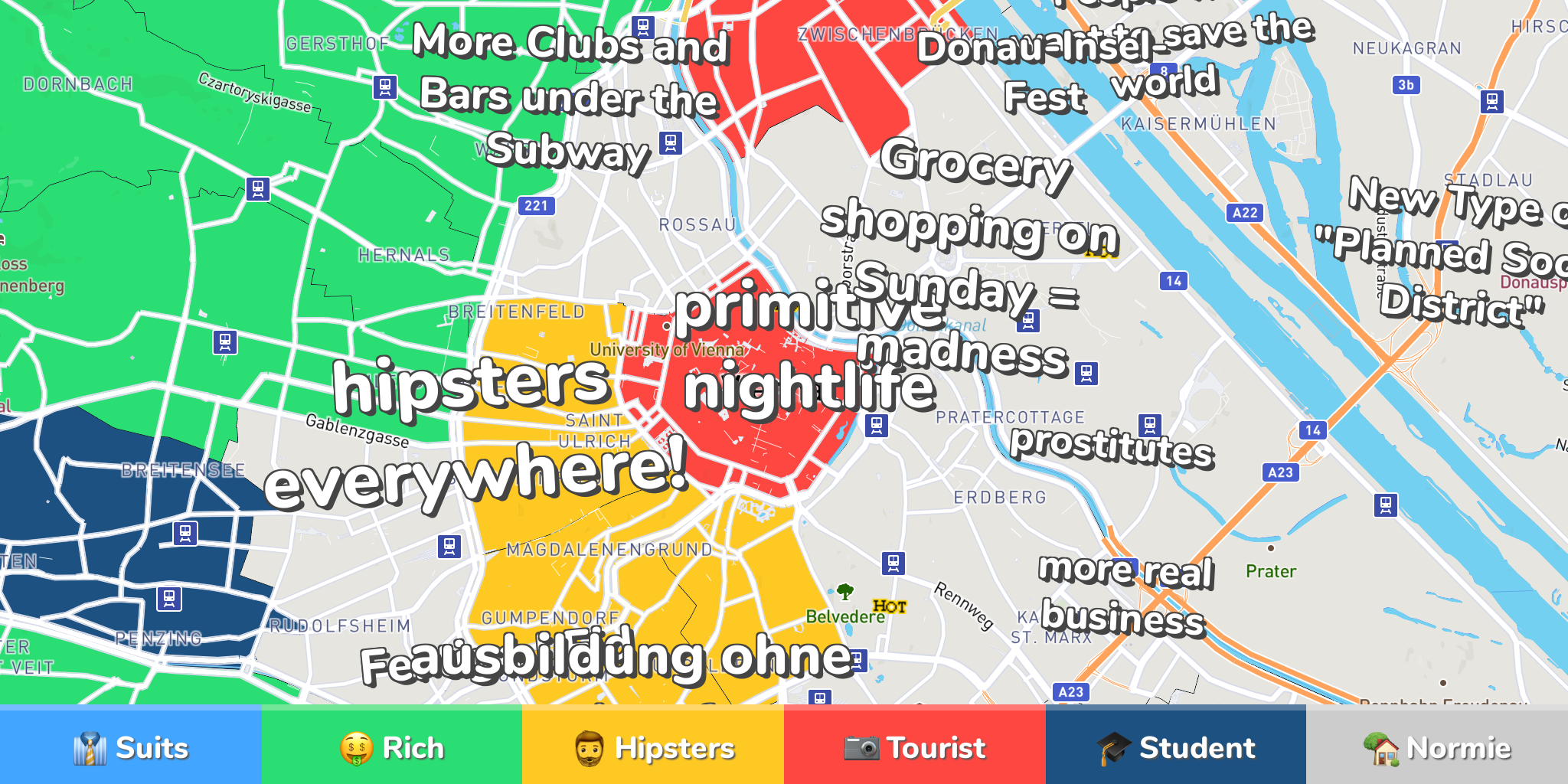

These lines would be fully integrated into the U-Bahn network by 1989 as the U6 – though still with overhead power instead of third rail.

Overall, the map is a clean, functional piece of early 1980s artwork, showing the young U-Bahn network in a state of flux – the “G” and “GD” lines here are the last remnants of the Wiener Stadtbahn, an urban railway that commenced operations way back in 1898. Long story short: What do you think of the diagram?Īs I haven’t seen the original version of this map before, we’ll have to assume that Patrick’s recreation is accurate (which it almost certainly is – though in my experience, digital recreations are almost always just a little crisper and cleaner than the originals). I am wondering however, why they almost everywhere chose to put a space before the A, B or S suffix for bus routes, as even then the convention already has been to not put a space in a route name on other signage. I think the inclusion of travel times between stations and connecting bus and tram lines was a good idea back then and well done in most places (looking at the gruesome butchering of the Danube, or Floridsdorf, where the list of connections reaches into the S-Bahn line). The line mainly caused problems with the ATC, as the system couldn’t cope with a U-Bahn train going from one line onto another, hence it’s discontinuation. The diagram should be one of the first renditions in this style, as the U2 was only opened in 1980 which made the previous style obsolete – it is in fact likely the second or third iteration and even has the failed combined U2/U4 line on it which only ran for a few weeks in September of 1981. I found it hanging in a museum train a few years ago and decided to recreate/digitalize it in March of this year. This is Vienna’s Rapid Transit Diagram (Schnellverbindungsplan – literally “Quick Connections Map”) from September 1981.


 0 kommentar(er)
0 kommentar(er)
